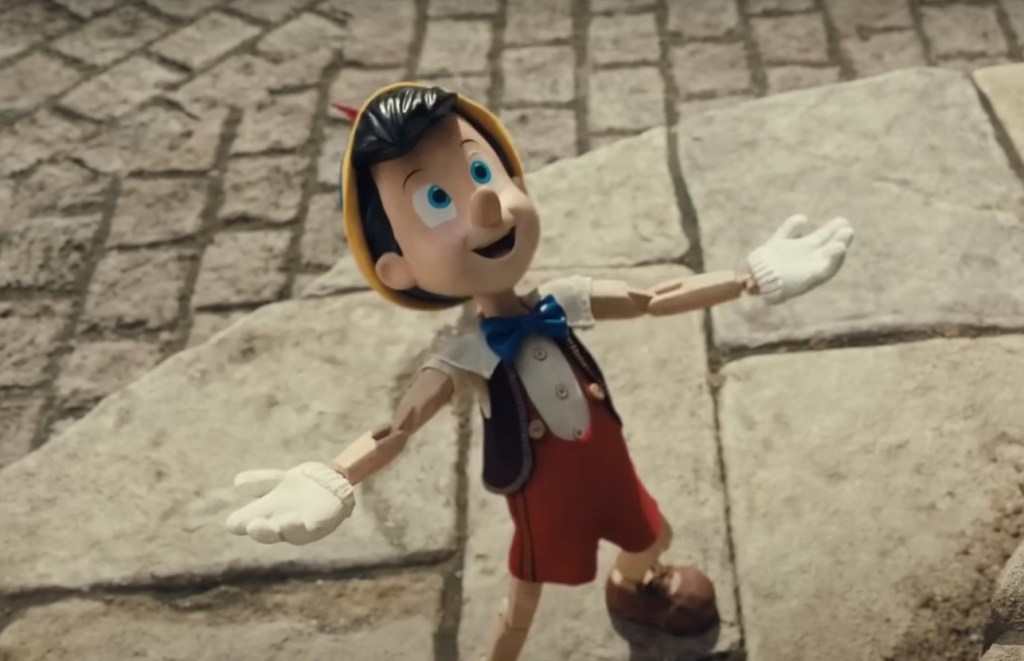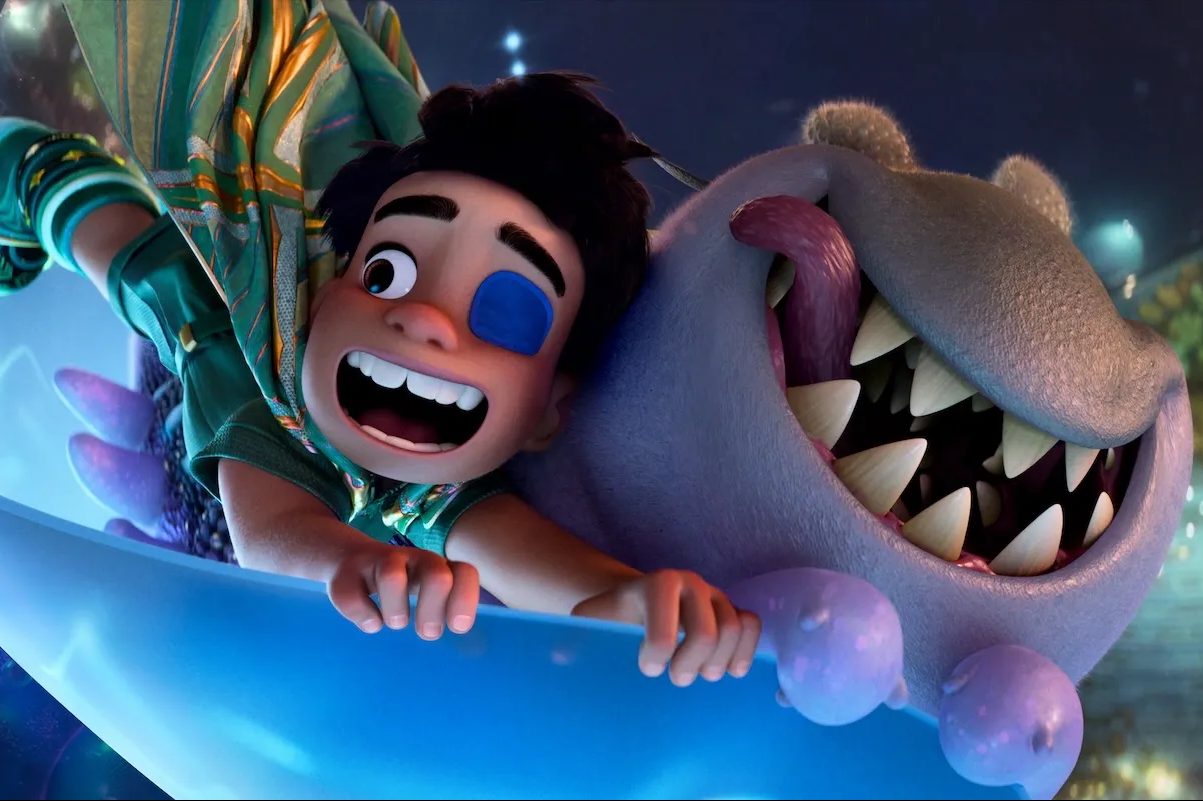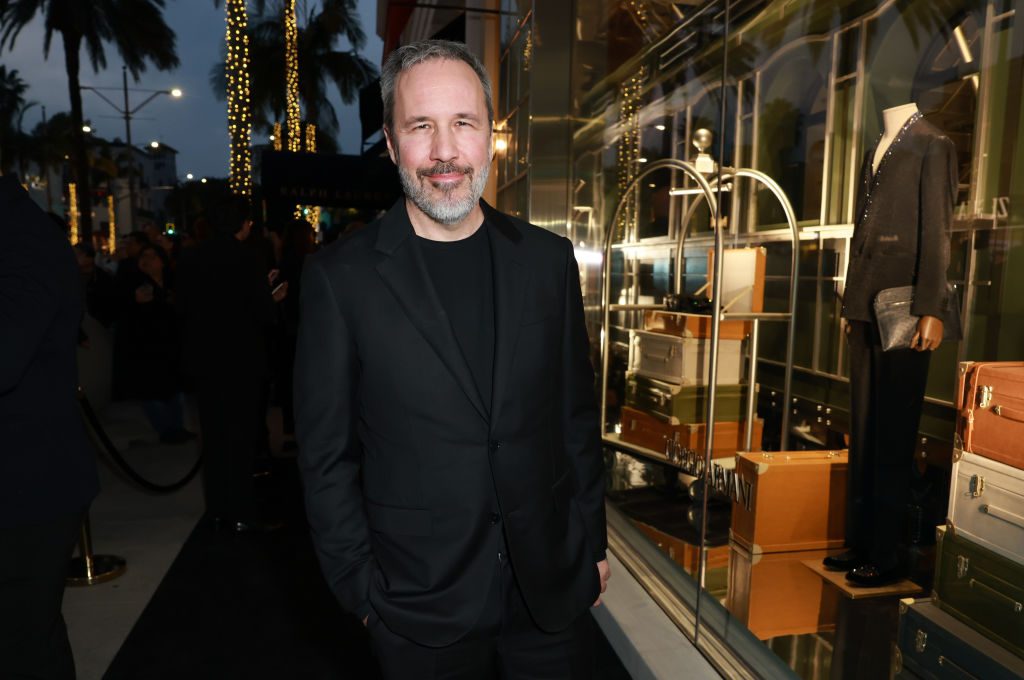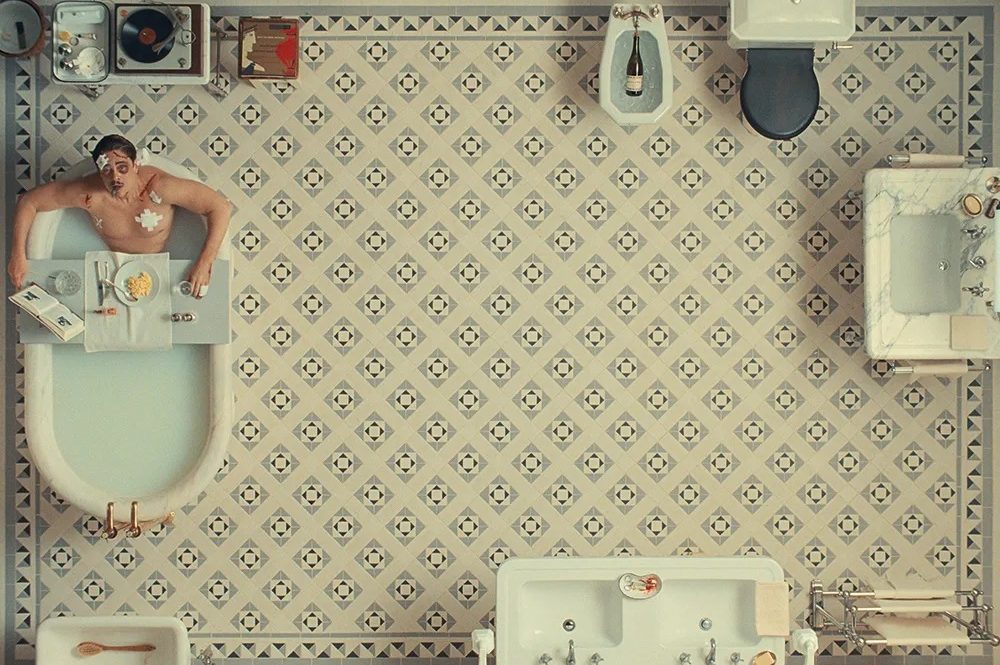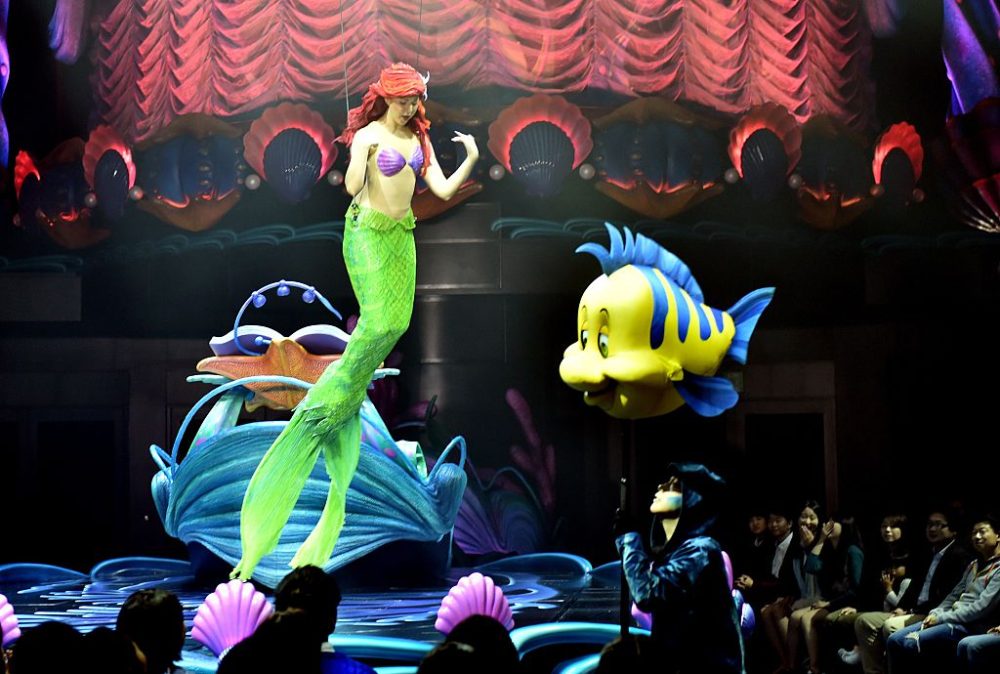With the possible exception of 2016’s The Jungle Book, none of Disney’s live-action repristinations of its animated classics have been a real success. Beauty and the Beast was too rococo for its own good. Aladdin obsessed over politics at the expense of romance. The Lion King traded elegant animation for dead-eyed CGI. And on it goes.
None of these come close, though, to the disaster that is Robert Zemeckis’s Pinocchio — a turgid, nihilistic recreation of the 1940 classic that fails utterly to honor its source material. This month, it’s been dumped unceremoniously onto Disney+ rather than given a proper theatrical release; even the almighty Mouse knows when it has a stinker on its hands.
For the most part (more on that later) the familiar plot beats are still here: old clockmaker Geppetto (Tom Hanks), who’s given a hint of a backstory involving a lost son, makes a brightly colored puppet and wishes upon a star to bring it to life. The Blue Fairy (Cynthia Erivo) arrives shortly thereafter to bestow life on the little man, tasks him with moral development, and assigns Jiminy Cricket (voiced by Joseph Gordon-Levitt) to be his guide.
Alas, poor Pinocchio struggles to walk the straight and narrow path. Accosted by the vulpine Honest John on his way to school, Pinocchio finds himself first pressed into a grim puppet show, and then swept off to the decadent Pleasure Island. Following a narrow escape and a reunion with Geppetto, both then find themselves engulfed by the enormous Monstro (a CGI beastie that here looks more like a kraken-mosasaur hybrid than a giant whale, for reasons that are altogether unclear).
It’s impossible, though, to write anything substantive about this iteration of Pinocchio without addressing the central issue: the radically revised ending, in which Pinocchio never actually becomes a real boy. Yes, that’s right. This time around, the Blue Fairy never shows up to redeem the little marionette and bring him fully to life. Instead, Geppetto simply decides that Pinocchio is real where it matters, on the inside. Roll the credits (following a halfhearted acknowledgement that maybe, someday, Pinocchio could become properly real).
This conclusion is dumbfounding and alienating, a total departure from the spirit of the original tale. At bottom, the 2022 coda is a denial of grace, of the possibility that imperfect realities encountered “here below” might be taken up and hallowed by a power beyond themselves. So, too, the original film’s motif of resurrection and renewal — of the promise of a more perfect life beyond the gates of death — is utterly abandoned. Here, in short, is an almost total dechristianization of the earlier work, one that deliberately chooses to settle for nature and finitude.
Perhaps this shouldn’t be especially surprising. A morality tale from 1940 was always going to be hard sell in a more jaded 2022 market, at least without a little updating. So why not get rid of the stern moral exhortations of the original movie in favor of a more palatable message of self-esteem? Who’ll really notice?
The problem, of course, is that this approach renders a very straightforward story almost totally incoherent. Bits and pieces of the old worldview show up around the edges, but in context they make little sense. If Pinocchio’s journey finally culminates in acceptance of his status quo, then what was his whole odyssey for in the first place? What was the point of the Blue Fairy’s directives at the start? This situation isn’t improved by the total bowdlerization of Pleasure Island: gone are the cigars and cigarettes that once served a real-world cautionary purpose, and root beer now stands in for the real thing. What once evoked John Bunyan’s Vanity Fair — a site of distraction and temptation on the way to glory — now simply comes off as a bizarro version of Six Flags.
Oh, and there are smoke monsters with glowing red eyes. Don’t think too hard about those, because they’re never explained.
Clocking in at nearly two hours, this Pinocchio is a serious slog (it takes almost a solid half hour just to get out of Geppetto’s workshop). And perhaps most strangely of all, it seems to have no real target audience. It’s far too dark and morose for children, and too pathetically modernist for adults. Miserably disenchanted and ill-conceived from the start, the most that can be said about Pinocchio is that it’ll teach kids that the world is cruel.
Truly, Disney appears to have pulled off that rarest of feats: making a movie for absolutely no one at all.



